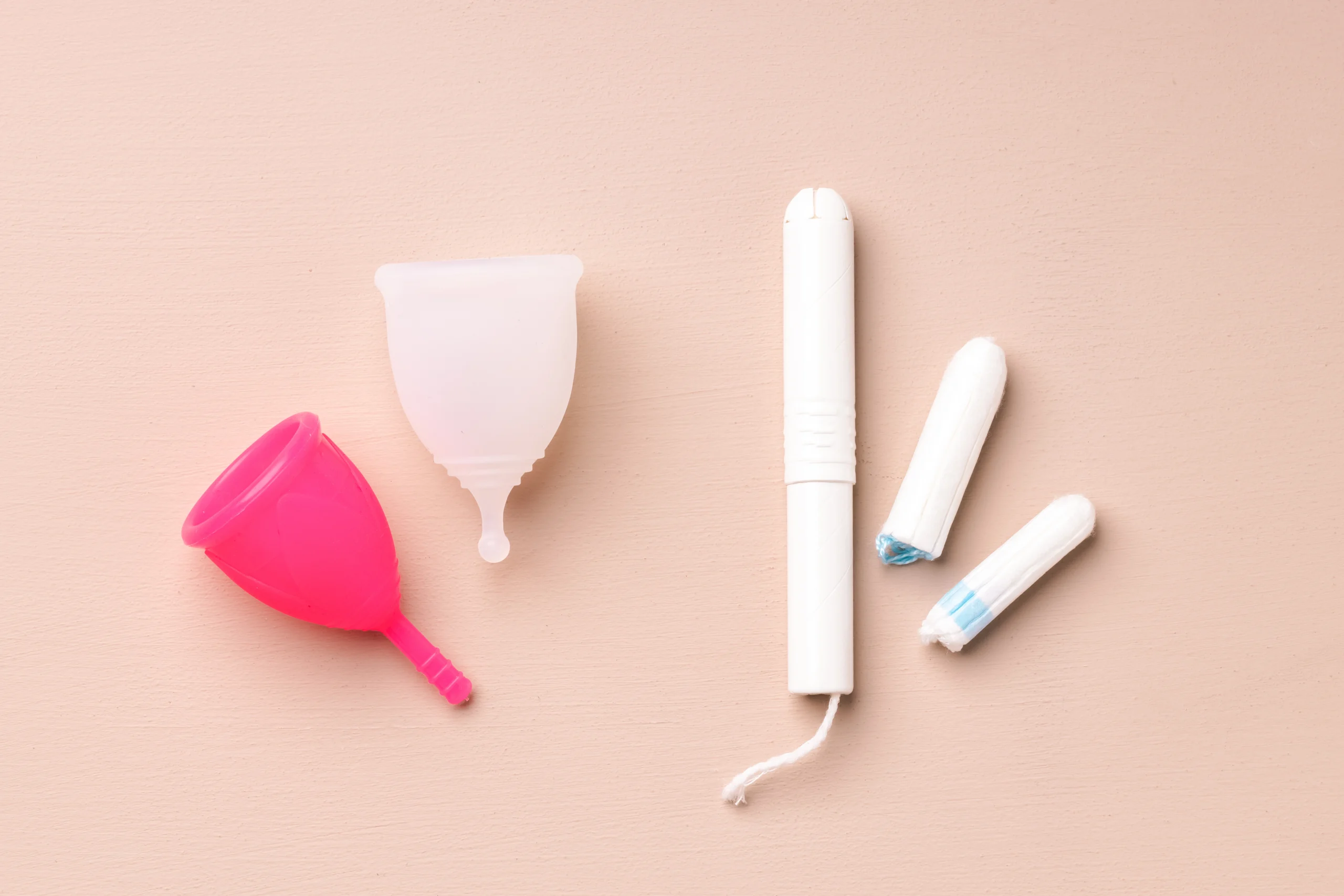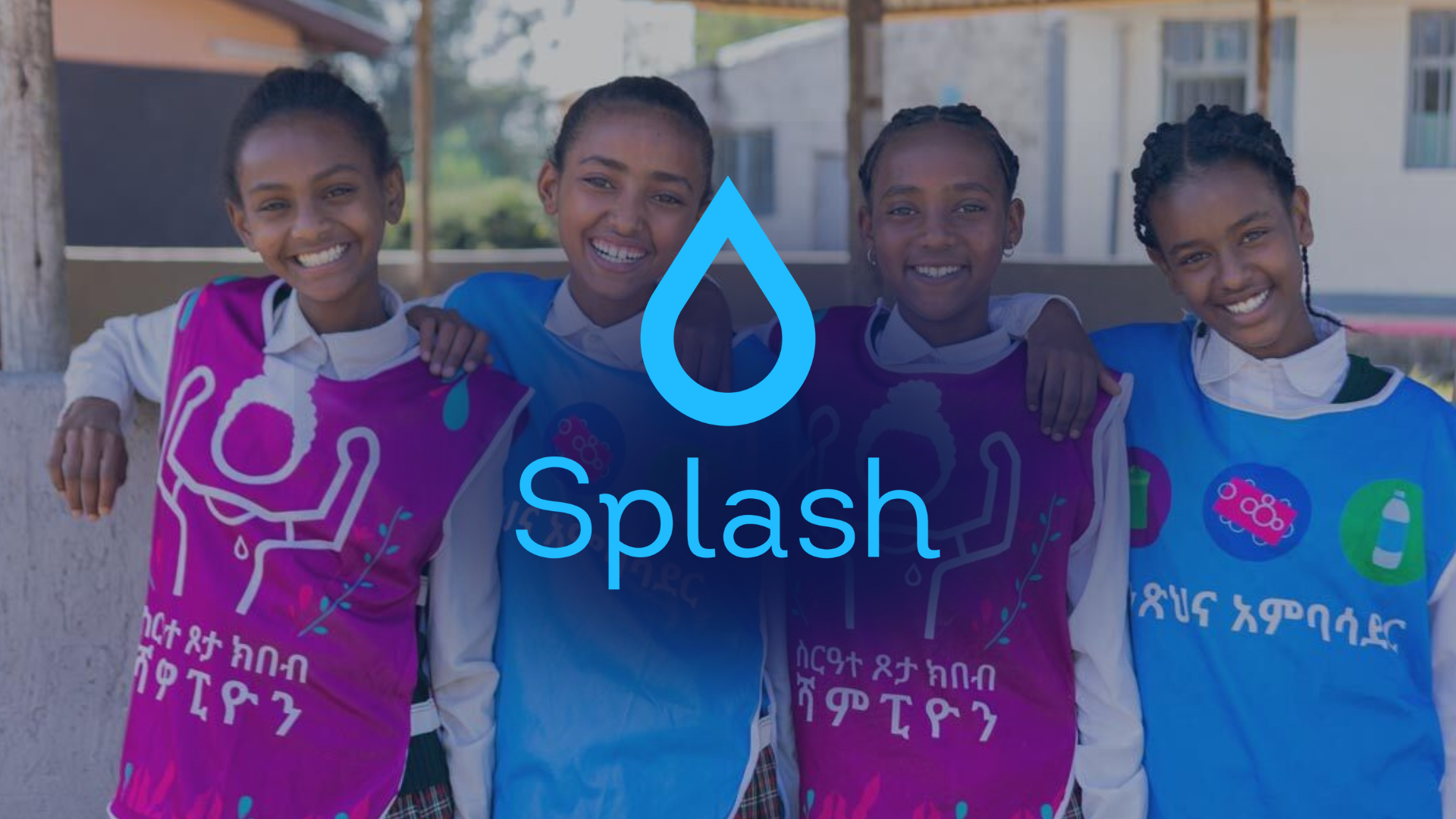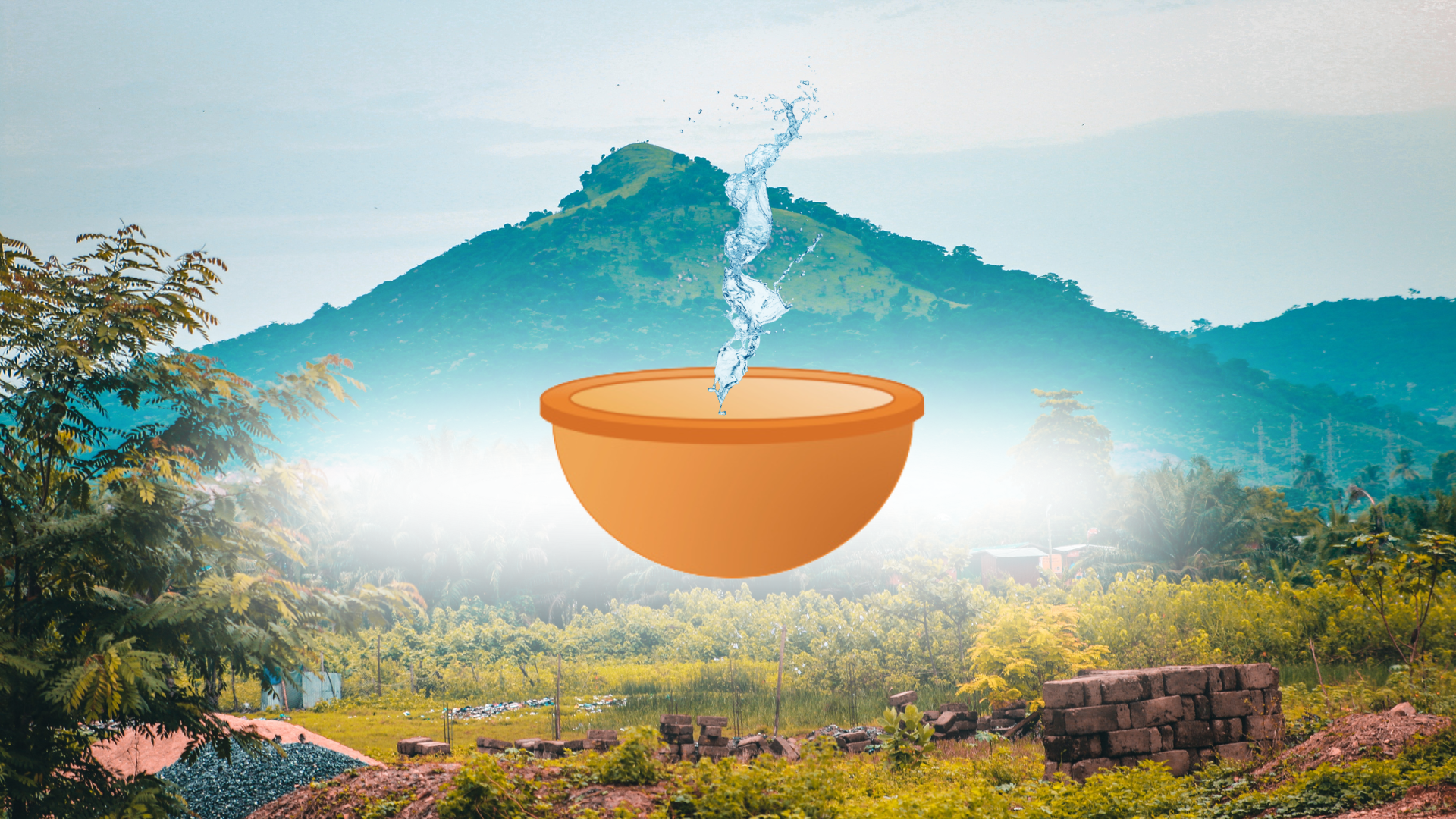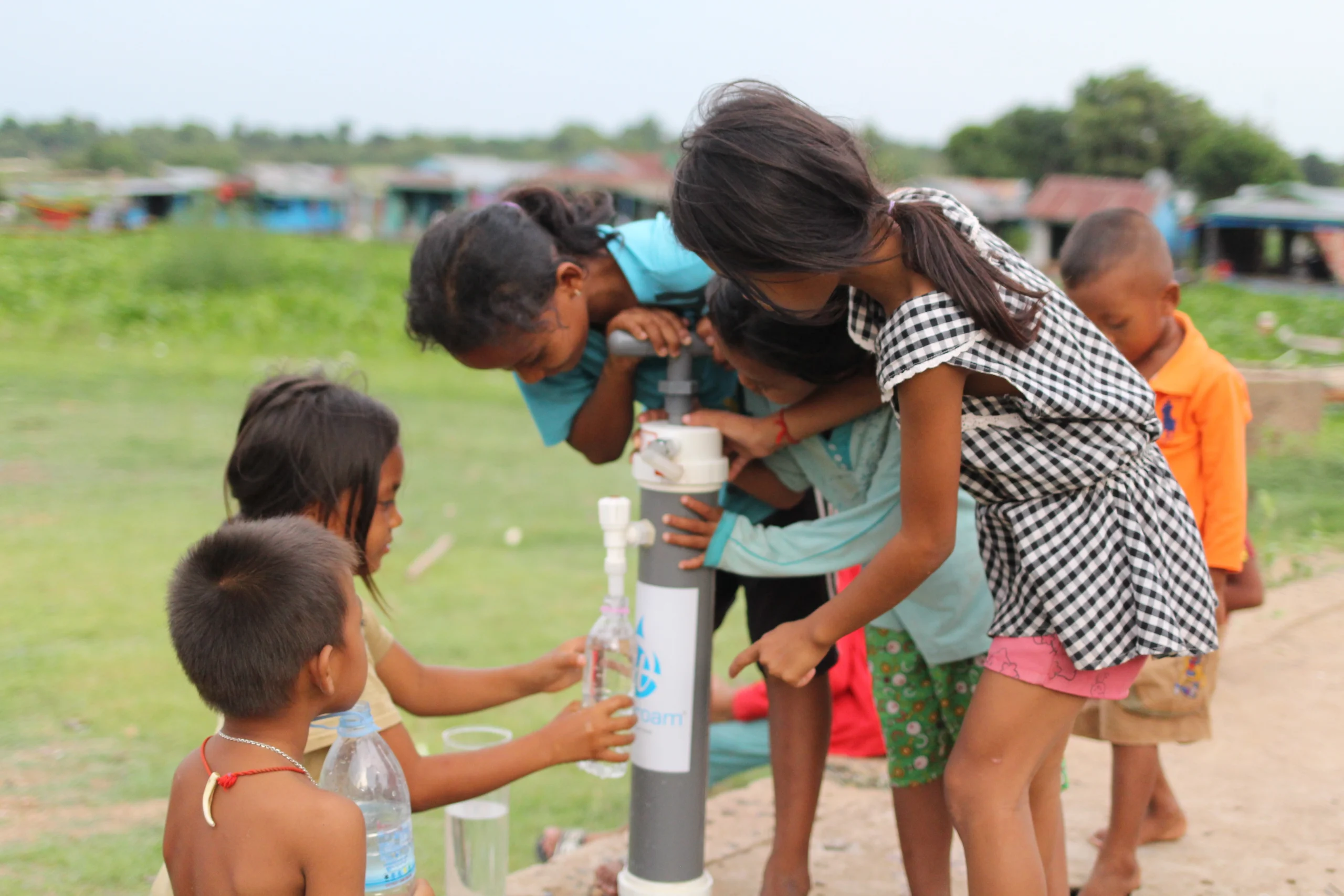Sustainable Water Management in United States Agriculture
By Kate Abernathy
When you turn on your tap at home, do you ever think about the quality of your water or where it comes from? It just comes from freshwater sources like rivers and streams, right? Even if you don’t live near any farmland, sustainable agriculture is more important than you may think. According to The United States Geological Survey (USGS), about 490 billion liters of water is used to irrigate crops every day in the U.S., and with roughly half of the country’s land being used for agriculture, runoff containing pesticides, fertilizers, and sediment is a major concern for our nation’s water.
Sustainable Agriculture and Water Quality
The USGS reports that nearly 15 million tons of fertilizer, nitrogen, and pesticides are used on crops every year, making them the leading cause of pollution in rivers and lakes. Additionally, the increased levels of nutrients in the water cause unnatural algae growth, affecting the local ecosystem. How do these pollutants make it into our rivers and streams? It starts with artificial drainage and irrigation.
Artificial drainage is used in terrain that has too much water—primarily along the East coast—comprising about 25% of the nation’s cropland. When land is artificially drained, water is moved quickly through the soil to protect plants from excess water and make it easier for machinery to navigate the land. In turn, this causes chemicals from fertilizer and pesticides to be carried to rivers and streams, which can greatly affect the water quality.

For land that is naturally dry, irrigation systems are employed to bring groundwater and surface water to fields in order for the crops to have an adequate supply. Just like drainage, irrigation also carries chemicals and sediments directly to streams and rivers.
According to the USGS, pollutants are carried through irrigated or drained water in a few different ways: fastflow, slowflow, and drainflow. Here’s a breakdown of how they work:
Fastflow: This surface runoff is common in terrain that is steep or has clay soil, and can reach water sources fairly quickly—often within hours or less. Fastflow carries some chemical pollutants to streams, although it is a larger factor in depositing sediment, including sediment containing pesticides.
Slowflow: This refers to groundwater in flatter areas with more permeable soil. Since the soil is more absorbent, water soaks into the ground and can take years to reach streams. While it may at first seem like less of a concern because it takes so long to reach streams, the reality is that pollutants—primarily nitrates and herbicides—are still constantly being fed into water sources through groundwater.
Drainflow: Drainflow is an artificial flowpath designed to move water quickly into streams. These subsurface drains often contain water from excess rainfall or irrigation and carry it to streams within hours. This is an important factor in the amount of pollutants that reach streams, as the water bypasses any natural filtration process provided by the soil.
Water Quality Practices Within Agriculture
There are a few different methods of water quality efforts used depending on the pollutants in the water, as well as the water’s flowpath:
Trapping and No Tillage: Both of these methods are designed to reduce soil loss and runoff containing sediment, and they work by slowing down the flow of water. Trapping refers to such practices as cover cropping, strip cropping, using buffers, or arranging farmland into terraces. Conversely, no-tillage farming seeks to leave the soil as undisturbed as possible. Although both of these methods can reduce sediment, they do little to combat chemical pollutants.
Drainage and Irrigation: In drainage water management (DWM), water in an irrigation system is dammed and treated before being released back into the soil, which helps to reduce the amount of chemicals reaching streams and improve water quality (EPA). This practice is best suited for flat, uniform terrain.
Decreasing Chemical Use: Efforts to reduce the amount of fertilizers used on crops are commonly known as the 4 Rs of nutrient management. They are: the right source, the right rate, the right time, and the right place. First, soil analyses can determine what nutrients are already in the soil, and then what ones will best suit the type and amount of crops being grown. Timing the application of fertilizer with planting time and the proper weather also ensures that the soil isn’t exposed to chemicals any longer than necessary, or to weather conditions that will exacerbate excess runoff. Lastly, the soil type, slope of the terrain, and distance from water sources are all important factors in determining the most efficient use of nutrients for that location.
What Can You Do To Help?

You may be wondering what you can do to help keep our water cleaner. The first thing you can do is to stay informed! Get to know the geography of your area and how much of it is being used for agriculture. Things like soil type, elevation, and climate all determine how many pollutants may be making it into your local water sources—both from crop and animal farming.
Taking political action is a powerful tool in making change. Research your local laws regarding agriculture and pollutants. Pesticides and fertilizers are exempt from the Toxic Substances Control Act (TSCA), so it is up to state laws to regulate their use. You can contact your local government officials and urge them to pass laws that better promote sustainable farming.
Connect With Us
At Business Connect, we care about clean water and providing ways to make it more accessible, whether it’s in developing countries or in our own backyard. We proudly work with professionals in the industry to offer water purification and filtration products, and you can find out more about them here.
If you are interested in learning how to get more involved and make a difference, we invite you to connect with us or become an affiliate. We will gladly answer any questions you may have, and look forward to working with you towards more sustainable water management.
On this page
Have a story to share in the world of water, sanitation, and hygiene? Connect with our media team today!
Share Your Story





